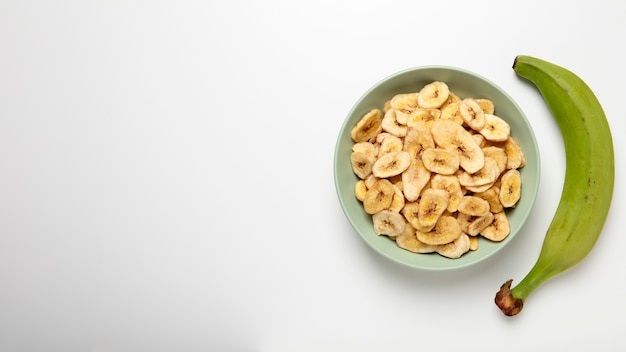Breast self-examinations are a key method for early detection of breast cancer. This simple self-check helps individuals get to know how their breasts normally look and feel, making it easier to spot any unusual changes early on.
The Purpose of Self-Examinations
Regularly checking your breasts helps you become familiar with their normal appearance, so you can quickly notice any changes or irregularities. The most common sign of a potential tumor is a lump that you can feel or see, although it usually doesn鈥檛 hurt.
Keep an eye on your nipples as well; they may retract, protrude more, or start secreting fluid. Also, note any changes in the skin, especially if it only affects one breast. By doing regular self-exams, you can keep track of any new lumps or hard spots that weren’t there before.
Understanding Breast Cancer
Breast cancer is the most common type of cancer in women. It arises from the uncontrolled and abnormal growth of breast cells, forming tumors in the mammary gland. These tumors can be benign, like fibroadenomas or cysts, or malignant, which can invade nearby tissues or spread to other parts of the body.
Early diagnosis through mammograms and regular doctor check-ups is crucial. Treatment options and chances of recovery depend on how advanced and biologically complex the cancer is at the time of diagnosis. Treatments may include surgery, chemotherapy, radiation, hormone therapy, and biological therapies.
When to Perform Self-Examinations
Starting at age 20, you should perform breast self-exams once a month, ideally a week after your menstrual cycle ends. This is because hormonal changes throughout the month can affect your breast tissue. Knowing your body helps you discern between normal changes and potential issues.
For those who are pregnant or in menopause, the timing is less critical. However, any skin changes, fluid from the nipple, or changes in breast shape should prompt you to see a doctor.
How to Conduct a Self-Examination
A breast self-exam has two parts: looking and feeling.
Observation: Stand in front of a mirror with your shoulders relaxed and arms at your sides. Look for any irregularities in breast shape, skin color changes, cracked nipples, skin ulcers, or dimples. Repeat this with your arms raised and again with your hands pressed together in front of your forehead while contracting your chest muscles.
Palpation: Use three fingers to feel your breast in small, circular movements, gradually increasing pressure. Do this for each quadrant of your breast to detect any lumps or hard areas.
What to Look Out For
During a self-exam, be on the lookout for changes in the shape or size of your breasts, thickening or lumps in the breast or armpit, blood or fluid discharge from the nipples, skin wrinkles, bumps, dimples, or unusual sensations.
Also, watch for breast nodules, changes in nipple appearance, skin inflammations or rashes, and unexplained pain in the breast or armpit.
Remember, self-exams are not a replacement for examinations by healthcare professionals or diagnostic tests like mammograms and ultrasounds. However, doing regular self-exams correctly can help catch cancer early, lowering the chance of finding it at an advanced stage. If you notice any concerning symptoms, see a healthcare professional right away.







